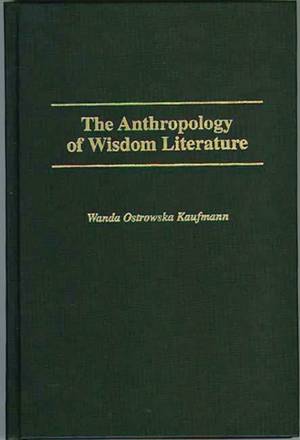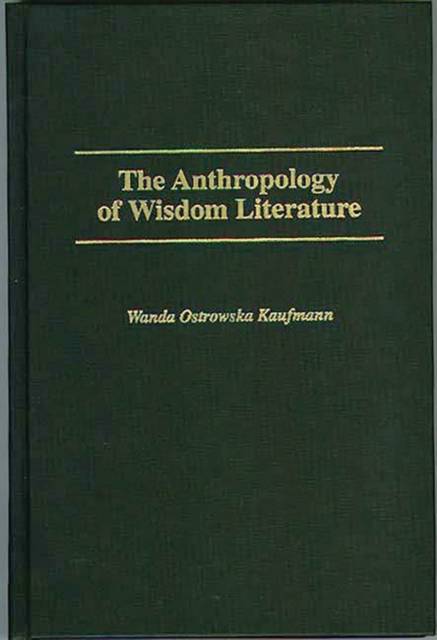
Je cadeautjes zeker op tijd in huis hebben voor de feestdagen? Kom langs in onze winkels en vind het perfecte geschenk!
- Afhalen na 1 uur in een winkel met voorraad
- Gratis thuislevering in België vanaf € 30
- Ruim aanbod met 7 miljoen producten
Je cadeautjes zeker op tijd in huis hebben voor de feestdagen? Kom langs in onze winkels en vind het perfecte geschenk!
- Afhalen na 1 uur in een winkel met voorraad
- Gratis thuislevering in België vanaf € 30
- Ruim aanbod met 7 miljoen producten
Zoeken
€ 127,45
+ 254 punten
Omschrijving
This unusual book examines definitions of the fable, apologue, parable, moral tale, etc. It then proposes the use of the term exemplum, used by medieval scribes, to define all types of wisdom narratives. It makes a cross-cultural structural analysis of the exemplum and identifies its tripartite structure composed of the promythium, the nucleus, and the epimythium. The book ends with an analysis of the reasons why grown men spent so much time writing and collecting these tales. It demonstrates that fables and related genres were not really meant for little children to learn moral lessons. They were used to teach complex religious and political ideologies, to safely ridicule tyrants and despots, to release tensions, and to give good or bad advice.
Specificaties
Betrokkenen
- Auteur(s):
- Uitgeverij:
Inhoud
- Aantal bladzijden:
- 184
- Taal:
- Engels
Eigenschappen
- Productcode (EAN):
- 9780897894722
- Verschijningsdatum:
- 13/09/1996
- Uitvoering:
- Hardcover
- Formaat:
- Genaaid
- Afmetingen:
- 152 mm x 229 mm
- Gewicht:
- 439 g

Alleen bij Standaard Boekhandel
+ 254 punten op je klantenkaart van Standaard Boekhandel
Beoordelingen
We publiceren alleen reviews die voldoen aan de voorwaarden voor reviews. Bekijk onze voorwaarden voor reviews.









